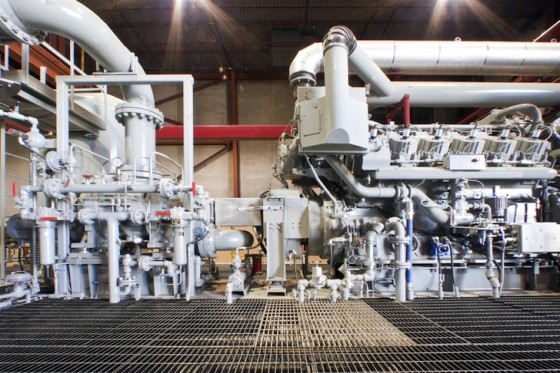 Water produced as a byproduct of natural gas extraction is one of the oil and gas industry’s biggest waste streams, according to the Environment News Service (ENS), and Massachusetts Institute of Technology (MIT) researchers are collaborating with scientists from King Fahd University of Petroleum and Minerals to do something about it.
Water produced as a byproduct of natural gas extraction is one of the oil and gas industry’s biggest waste streams, according to the Environment News Service (ENS), and Massachusetts Institute of Technology (MIT) researchers are collaborating with scientists from King Fahd University of Petroleum and Minerals to do something about it.
A process called Humidification Dehumidification (HDH) desalination has been one method used by the industry to render seawater fit for human consumption. But that technique has been excessively energy intensive. Until now.
A team consisting of MIT postdoc Prakash Narayan, mechanical engineering professor John H. Lienhard V, and collaborators from Saudi’s King Fahd University of Petroleum and Minerals, KFUPM, and a similar MIT group interested in desalination, have set up a joint company that will enable them to commercialize their technology.
They expect to develop the first commercial plant within the next two years, ENS reports.
In addition to helping the natural gas industry clean up its act, their HDH technology may be used in regular desalination applications; if successful, HDH could drastically reduce the energy consumption associated with desalinating seawater.
No doubt you’re dying to know: what makes this new HDH process so special and why do we care?
Regular HDH technology has to boil water at very high temperatures in order to separate the water and salt. By contrast, MIY’s HDH can treat water below the boiling point by vaporizing with a carrier gas.
“The moist air is then bubbled through cooler water where the purified vapor condenses,” writes ENS.
Since it isn’t necessary to boil the water, the process is significantly less energy intensive, according to the MIT group. And the saltier the water, the better the performance.
Initially this system will be used to clean up water produced in natural gas plants that is currently either injected into 14,000 foot deep wells or shipped offsite to a disposal facility. Neither option is particularly environmentally-friendly and both are also costly.
Eventually the technology can also be applied to regular desalination plants, however, which would be particularly beneficial to developing countries that lack access to clean drinking water or the energy required to power intensive desalination technologies.
Water Intelligence Report has rated MIT’s HDH as the best solution to produced water currently available to the natural gas industry.
:: ENS
Image of natural gas compressor, Shutterstock


